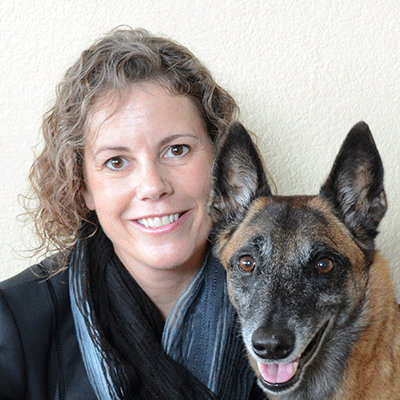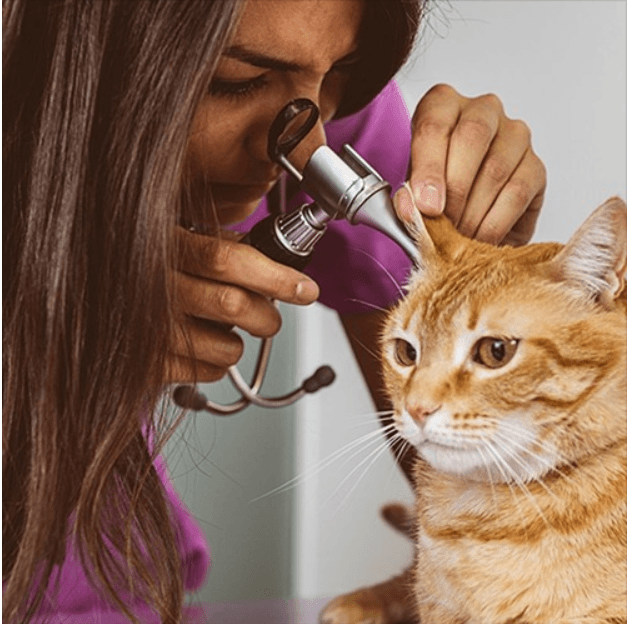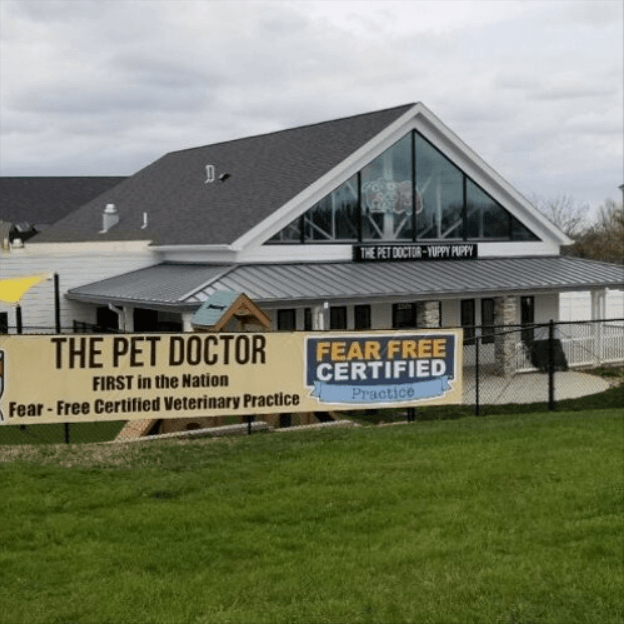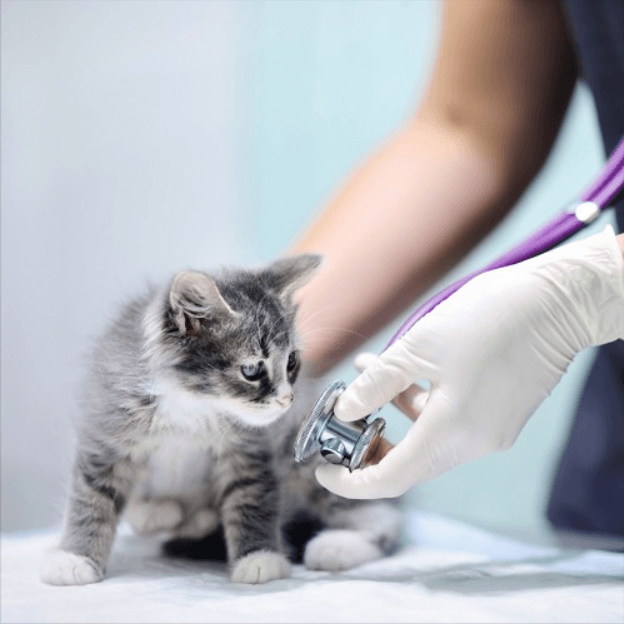
As one of only 14 Veterinary Technician Specialist in Behavior, veterinary nurse Debbie Martin has been instrumental in developing Fear Free courses and content. Debbie joins host Steve Dale as they take listeners behind the scenes of Fear Free resources, from courses to books to the creation of Fear Free Happy Homes.

Sedation can play a vital role when it comes to creating a Fear Free veterinary visit, but knowing when and under what circumstances to bring sedation into the picture as it relates to the fear, anxiety, and stress (FAS) a pet may be experiencing is critical for the both the pet and success of the visit. In this podcast, featuring Fear Free Executive council member Tamara Grubb, DVM, PhD, DACVAA, and Sharon Campbell, DVM, MS, DACVIM of Zoetis, we discuss the physiological and medical impacts of stress on a patient, how that can play into properly assessing pain, when on the FAS scale to start implementing sedation, and the benefits of doing so.

While Fear Free can often seem as though it’s only about animals’ emotional wellbeing, Fear Free is passionate about the science of animal care as well. Gary Landsberg, DVM, DACVB, DECAWBM (CA), Head of Research at Fear Free, brings you behind the scenes to tell you how Fear Free is advancing research in the field of veterinary medicine.

Achieving a Fear Free Practice Certification might seem like a daunting task, but with a little planning and a strong will to implement, your hospital can make it happen! Marcy Hammerle, DVM, owner of the world’s first Fear Free Certified Practice, shares her journey from Fear Free implementation to Practice Certification, with tips for setting yourself and your staff up for success.

Behavioral disorders can be stressful for pets and their people, especially during summer, which has so many holidays and events that can wreak havoc on noise-phobic pets. Krista Sirois, DVM and Joshua Middleton, DVM explain how nutraceuticals can make a crucial difference in behavioral therapy and help alleviate fear, anxiety, and stress in pets.

Fear of loud or unexpected sounds affects many pets, with thunderstorms, fireworks, or even the vacuum sending them running for cover. Sharon Campbell, DVM (Medical Lead, Zoetis), tells us how veterinarians can diagnose a noise phobia and provide treatment including Sileo, the only FDA-approved treatment for noise aversion.

Many of those not familiar with Fear Free think it’s all about the treats. Rachel Abrams, DVM (Practice Certification Manager, Fear Free), shows us that while treats are an effective tool for veterinary professionals, they’re just the beginning of ways that Fear Free can help improve your treatment of patients.

Your Fear Free education continues with the newly introduced Level 3 Certification Course. Debbie Martin (CPDT-KA, KPA CTP, LVT, VTS, Behavior), who was a lead in the development of the course, tells us more about the exciting new content in Level 3.

Heather Lewis, Principal of Animal Arts, one of the leaders in the world of veterinary hospital design, joins us to show how a specially designed animal hospital can make a world of difference in your patients’ treatment and your customers’ satisfaction.

Technicians are the lifeblood of the veterinary practice and are on the frontlines of day-to-day veterinary care. Tabitha Kucera, RVT, has helped produce content for Fear Free and has used her certification and passion to propel herself to success. She shares her journey and how you too can find success in Fear Free.